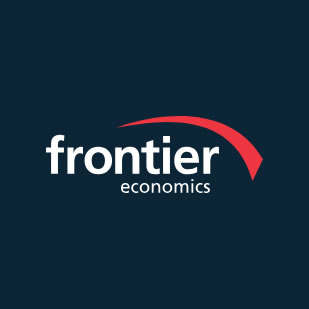A report into the economic, social and environmental costs of failing to manage feral deer numbers in Victoria has been released by the Invasive Species Council and Frontier Economics.
The report, Counting the doe: an analysis of the economic, social and environmental costs of feral deer in Victoria, estimates costs of over $1.5 billion (7% discount rate) or $2.2 billion (4% discount rate) in present value terms, over the next 30 years. Avoiding these costs represents a benefit to society. The expense involved in managing feral deer population is a fraction of the cost these invasive species impose on society and the environment.
The Victorian feral deer population and distribution have rapidly increased, with analysis by the Victorian Department of Environment, Land, Water and Planning estimating that the population of deer could be between “several hundred thousand up to one million wild animals or more”.* It is likely to become more challenging to manage feral deer in future, with populations expected to increase further over the next thirty years, driven by a combination of climate change, natural dispersal and deliberate releases and farm escapes.
Feral deer numbers are having a significant and detrimental impact on a range of economic, social, cultural and environmental impacts in Victoria.
“Without effective controls on feral deer numbers our analysis shows that the population is likely to significantly increase, imposing a substantial cost on the Victorian community”, Frontier Economics’ managing director Danny Price said.
Even with conservative assumptions around the detrimental impacts of feral deer, key findings include:
- $245m to $350m in economic costs from lost gross margin due to feral deer grazing on farming land (in PV terms, over the next 30 years, 7% and 4% discount rate, respectively).
- $106m to $144m in economic costs from resources spent managing feral deer (in PV terms, over the next 30 years, 7% and 4% discount rate, respectively).
- $269m to $365m in economic costs from lost forestry production from feral deer grazing and trampling plantations (in PV terms, over the next 30 years, 7% and 4% discount rate, respectively).
- $576m to $825m in economic costs from deer-related vehicle accidents (in PV terms, over the next 30 years, 7% and 4% discount rate, respectively). This assumes that all future feral deer related crashes on highways within Victoria can be avoided.
- $308m to $474m in social costs from reduced recreation and use values (in PV terms, over the next 30 years, 7% and 4% discount rate, respectively). This is based on the assumption that uses of Victorian national and state parks for recreation will be dampened by 1% due to the impact of feral deer.
Given the availability of information on the impact of feral deer, these figures do not capture the full range of potentially significant costs of feral deer in Victoria, such as the impact on:
- The environment and biodiversity in Victoria,
- The cost of water supply
- indigenous cultural heritage
- the health of rivers and waterways
As such, it is likely that the true economic, social, cultural and environmental costs imposed on the community as a result of feral deer in Victoria are larger than this estimate.
“While there is uncertainty around the number of feral deer in Victoria, what is certain is that the Victorian community is losing out by not managing feral deer. These losses will only grow as long as the Government fails to control feral deer numbers now and into the future” Mr Price said.

